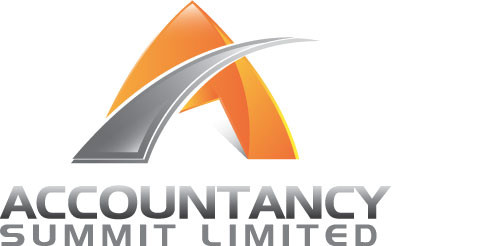The Employment Allowance scheme enables eligible businesses to receive a reduction of up to £10,500 (£5,000 prior to April 2025) each year on their employer's Class 1 National Insurance Contributions (NICs).
The Employment Allowance is widely available, easy to claim and is designed to encourage small business employers to grow their businesses by recruiting more staff. In fact, more than 1.2 million businesses claimed the Employment Allowance in 2024/25.
From April 2025, Employers paying more than £100,000 in Class 1 National Insurance liabilities can apply for Employment Allowance. The rules are different if you claim for previous tax years.
So, if you're a first-time employer or have never claimed before, here's what you need to know.
Am I eligible for the Employment Allowance?
You can claim the Employment Allowance if you are a business or charity that would otherwise pay employers' NICs. You can also claim if you employ a carer or support worker.
You can only claim for one PAYE scheme. This means that if you are part of a group, only one company or charity within that group can claim the allowance.
You cannot claim the allowance if:
- you employ workers to carry out personal, household or domestic work (eg cleaners) unless they are a carer or support worker;
- you are a public body, or more than half of your work is for the public sector (unless you are a charity);
- you are a service company with only deemed payments under IR35 rules;
- You are the director and the only paid employee in the company.
How much is the Employment Allowance worth?
The Employment Allowance is worth up to £10,500 per year (previously £5,000).
How do I claim the Employment Allowance?
The Employment Allowance can be claimed through your payroll software when you submit an Employment Payment Summary (EPS) to HM Revenue & Customs. You need to select 'Yes' in the 'Employment Allowance' field when you submit your EPS. You only need to do this once each tax year and your employer's NICs will be reduced each time you submit an EPS until your allowance has been used up.
For example, if your employers' NICs are £1,000 a month, you will pay £0 per month for ten months (April through to January). You will pay £500 in February and £1,000 in March. You can begin using your Employment Allowance as soon as you submit your claim.
If you use HMRC's Basic PAYE Tools to submit your payroll information, you should:
- select the correct name in the 'Employer' menu;
- select 'Change employer details';
- select 'Yes' in the 'Employment Allowance' field;
- submit your EPS.
You can claim the Employment Allowance at any point during the year. If you've claimed late and do not use your full allowance by the end of the tax year against Class 1 NIC already paid, you should contact HMRC to claim any unclaimed allowance towards any other tax or NICs you owe (including VAT or corporation tax). Alternatively, you can claim a refund if you do not owe any tax at all.
If you're based in Northern Ireland and plan to claim the employment allowance, you should check if de minimis state aid apply to your business. If not, choose 'state aid rules do not apply'.
Can I claim the Employment Allowance for previous years?
Yes. You have up to four years after the end of a tax year to claim the employment allowance for previous tax years. Your Class 1 National Insurance liabilities must have been within certain limits for the tax year in question. It's also worth noting that the Employment Allowance was lower in previous years.
